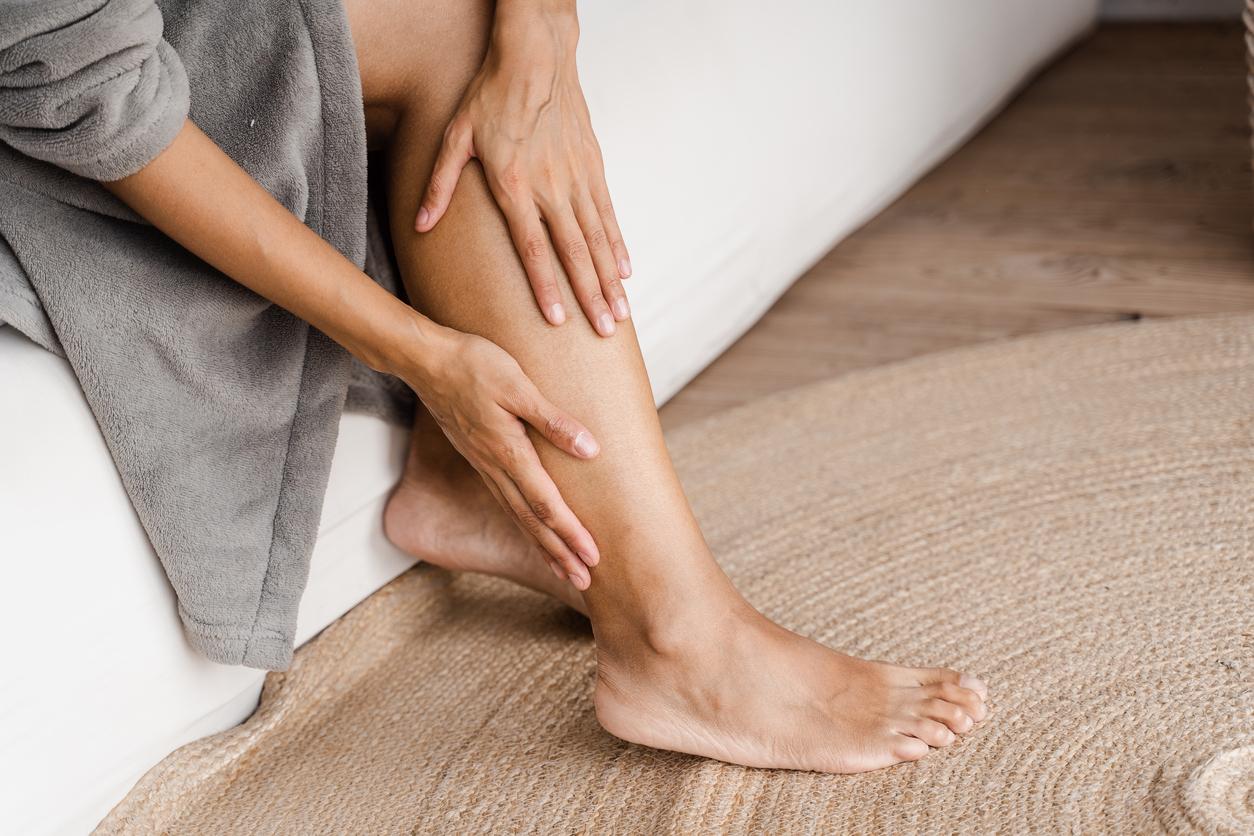This World Foot Health Day is an opportunity to remember the essential role that the feet play in controlling posture and balance. Muriel Montenvert, podiatrist pedicure and general secretary of the French Union for Foot Health (UFSP) also explains how to put on the right shoes to have healthy feet.

- In one lifetime a human being will walk the equivalent of 2.5 times around the Earth
- The shoe has a real impact on the health of the foot
- The health of children’s feet should be monitored from the age of 5
The feet support the whole weight of the body and allow it to remain in balance on a daily basis, to move around and to understand the irregularities of the ground. Composed of 26 bones each, With 16 joints, 107 ligaments and 20 muscles, the feet are equipped with a complex but essential articulated and removable system for support, posture and balance.
However, despite what they allow us to accomplish on a daily basis, we attach little importance to this part of our body and we often wear shoes that are not adapted to our morphology, narrow, rigid and uncomfortable, thus causing pain and joint and/or dermatological problems. Muriel Montenvert, chiropodist and secretary general of theFrench union for foot health (UFSP) tells us more about the amazing function of the foot and how we should take care of it.
Why is the foot an important part of the body?
The foot is essential because it is our primary mode of travel. In one lifetime, a human being will travel approximately two and a half times around the Earth. The loss of one or both feet constitutes the first loss of autonomy. The foot supports us and in this it is subjected to muscular and weight constraints. Despite this, they are stuck in shoes and exposed to lateral stresses that will lead to deformations.
What are the risks of poor footwear?
The most classic risk is the development of a Hallux valgus (or “onion”). This deformation of the foot occurs if there is a heredity, or because of the footwear. For example, shoes that are too tight, pointed, or with high heels cause the foot to deform. The shoe has a real impact on the health of the foot. On the osteo-articular level, they can also cause pain on the forefoot (metatarsalgia) when they are too flat or poorly adjusted, or even pain in the heel (plantar heel pain or tendonitis for example).
At the dermatological level, poor footwear can cause the formation of corns or a callus, in particular because of the friction of the shoe: the skin feels attacked and thickens to protect itself. Most foot pathologies are caused by shoes.
For example, wearing flat shoes too often will cause shock waves, especially at the heel, which will go up in the lower limbs and back. This will cause joint fatigue and premature wear. Very high heels highlight the center of gravity, increase the lumbar curve and also cause pressure on the back which can become painful. Legs are like the foundation of a house, if the bottom is crooked, the top will be too.
How to choose the right shoes?
You have to choose them with your feet and not with your eyes! If you don’t feel good in it, the shoe is not for you. Likewise, it must fit you right away, even if the sellers assure you “they will be done”. If you have sometimes swollen feet or legs, do the fittings at the end of the day, when this is the case. The ideal is to have a small heel thickness of about 2 cm. Make sure that the foot is not making an effort to hold the shoe, it is the foot that must hold it. Prefer shoes with a buttress to have enough support and a good heel seat. In order to be able to adjust the shoe to your liking, laces are preferable to Velcro.
For women, the ideal is not to exceed a heel height of 4-5 cm, under penalty of deforming the foot and having horn under the forefoot. Constantly standing on your tiptoes causes the Achilles heel to retract, and can also cause back pain and increase the risk of sprains. It is possible to wear high heels, but occasionally.
Are sneakers finally the most suitable shoes for the well-being of the feet?
Sneakers are a false security: you can wear them, but not every day. They are certainly comfortable, but the foot spreads out, that is to say it increases in width, which is not a problem in itself, but it will make it more difficult to wear dress shoes. Synthetic fabrics and materials in sneakers also promote the development of bacteria. Similarly, walking on a soft, unstable support will lead to a less toned, less precise postural response. The best is to diversify.
You mentioned heredity in your first answer. When should you worry about the health of children’s feet?
To avoid early degradation, it is recommended to have your children followed from the age of 5, or even earlier if you notice a malformation. Indeed, it is preferable to work on the child when he is in full construction, in order to accompany the growth in the right direction and that he does not suffer from pathologies of the foot or the back in adulthood.

.

















